https://www.girlsgonestrong.com/
Menopause, aka “the change” (BTW: who thought of calling it that, anyway?!), brings up a host of new symptoms for women like hot flashes, the return of some old ones like pimples, and a whole new fat loss challenge: the dreaded middle fluff.
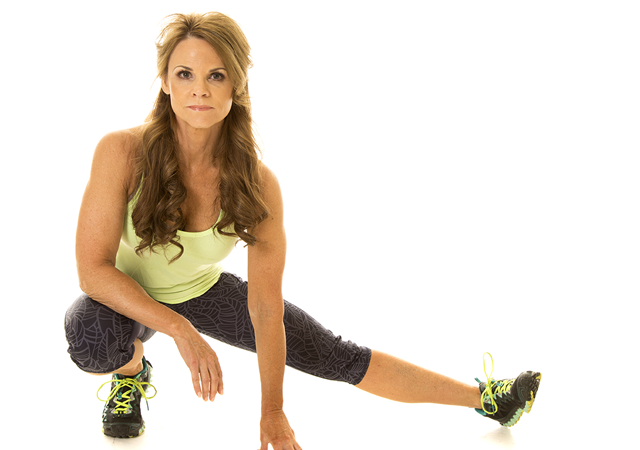
This “change” can be a graceful end to a woman’s fertile years, or it can be total hell. A few things will determine if you have an easier or harder time with menopausal symptoms. For those of you not there yet, this article will talk about prevention. For those of you already in the throes of it, this article will also cover some tactics to manage the symptoms.
First, let’s talk about the two stages of this so-called change:
- The peri-menopausal time is the time of fluctuating hormone levels (overall: high estrogen, low progesterone) and the time of symptoms like hot flashes, night sweats, irregular cycles and what feels to most women like never ending PMS (complete with totally erratic moods). This can last for several years for some women.
- When this time of hormone fluctuation is over and there’s been no period for 12 months, we’re officially in menopause and hormone decline (overall: low estrogen, low progesterone, low testosterone).
Factors That Play Into An Easier Menopause
Adrenal Health
As sex hormone production from the ovaries wanes, the adrenals play back-up to make estrogen and progesterone. Women with weaker adrenals will have more symptoms of estrogen and progesterone deficiency: mood swings, water retention, hot flashes, etc. Also, metabolic issues from high cortisol and insulin resistance due to falling estrogen and progesterone will be worse the more stressed a woman experiences as she goes into menopause.
Muscle Mass
Lean mass (muscle) is not only crucial for bone health and strength as women age, it is also the reserve of insulin sensitivity. The more muscle mass you have, the less metabolic issues and difficulty losing weight you’ll have during menopause.
Pre-Existing Insulin Resistance
Women with any type of insulin resistance—from conditions such as PCOS (Polycystic Ovarian Syndrome), diabetes, or simply not tolerating carbs well (punctuated by easy weight gain from high-carb diet, sleepiness after meals, sugar cravings after meals, etc.)—will not handle the insulin resistance that comes with low estrogen very well. This can lead to more belly fat and a more difficult time losing weight over all.
To improve your hormonal transition into menopause: manage your stress, eat a balanced diet for your metabolism (not stressing your blood sugar) and keep lifting those weights. And if you’re struggling with any of these things as a younger woman, by all means get help well before perimenopause starts!
Managing Menopausal Symptoms
Hot Flashes
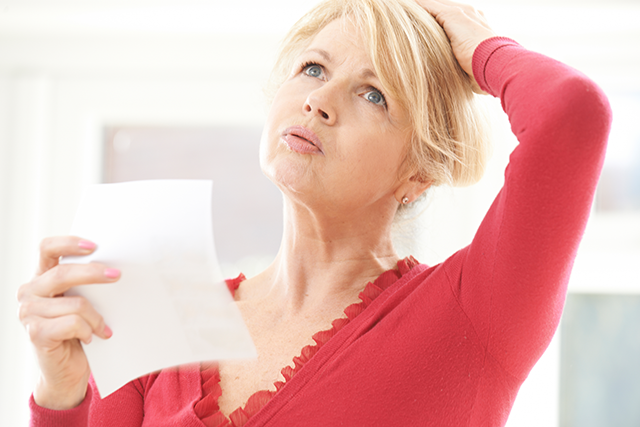
When a woman starts having hot flashes and/or night sweats we always assume it is falling estrogen, and it may be. Fluctuating estrogen during perimenopause does indeed mess with the temperature centers in our hypothalamus to turn on the heat. In this case, phytoestrogens which are natural compounds that weakly bind estrogen receptors can help. Selective estrogen receptor modulators (SERMS, as they are called) can provide a very weak estrogen effect and help the fluctuations and subsequent symptoms be less severe.
Soy isoflavones are among the most effective at this and are most often tolerated well—even for women sensitive to soy. However, if you are sensitive to soy, watch for symptoms if you give it a try. These soy derived phytoestrogens include genistein and daidzein. Other herbal phytoestrogens include Black Cohosh and Dong Quai. For these last two, be sure you’re getting quality, effective extracts. Look for labels that read: black cohosh standardized to 2.5% or higher triterpene glycosides, and dong quai standardized to 1% or higher ligustilide.
While waxing and waning estrogen can indeed cause hot flashes, it may not be the reason for your heat waves. Hashimoto’s is often triggered during perimenopause (again, the fluctuating estrogen is to blame). Because perimenopause can have a transient period of hyperthyroidism, it can also cause hot flashes. So be sure you’re getting adequate thyroid testing during this time.
Weak adrenals and low cortisol can be yet another cause of hot flashes. When blood sugar dips (often at night, but it can happen throughout the day), and you don’t have adequate cortisol to get it back up, you’ll release a burst of adrenaline to boost it. That can cause a sweaty flash as well. In this case, adrenal herbs like ashwagandha, rhodiola, eleutherococcus, and possibly licorice can be helpful. It’s best to have an adrenal salivary index done to know what adrenal herbs will be the most suitable for your unique cortisol pattern. Read more on the unique effects of stress on women here.
PMS, Cravings & Crankiness
While your ovaries are still sputtering to make estrogen and progesterone, it is the time when herbs to help support these hormones can be most effective. To bolster estrogen, maca is my go-to. Tribulus is effective as well (you can find both in this product). To support progesterone, the herbal favorite is vitex. You’ll have better success with both of these if you also support your adrenals with the herbs I mentioned above—as well as managing stress, getting enough sleep, etc. (Does that advice ever not work?!)
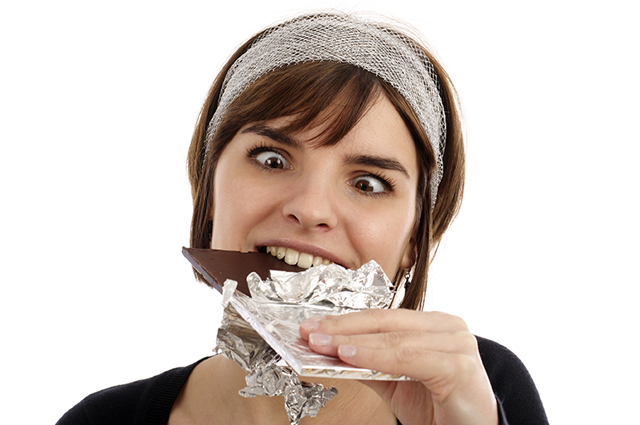
Lower estrogen can bring on the blues and the chocolate cravings due to lower serotonin. You can support serotonin with 5HTP, SAMe, or herbs like St John’s Wort. Waning progesterone can leave you with lower GABA, your natural calming neurochemical, and lower dopamine (your motivating neurochemical)—both can lead to depression, anxiety, difficulty concentrating, and carb/sugar cravings. To boost GABA you can use herbs like passionflower, valerian and chamomile (or this). To boost dopamine you can use n-acetyl-l-tyrosine, DL-phenylalanine and mucuna pruriens.
And I know I sound like a broken record at this point (and I’m totally cool with that!), but blood sugar and adrenals are key here as well. Adrenal support helps blood sugar be more balanced. Balanced blood sugar is absolutely key to healthy levels of brain neurotransmitters.
Acne, Hair Loss & Wrinkles, Oh My!
This part seems just plain cruel right? As estrogen falls, skin loses some elasticity and wrinkles emerge. Waning estrogen can also increase hair loss which can look like increased shedding or loss of hair at the crown.
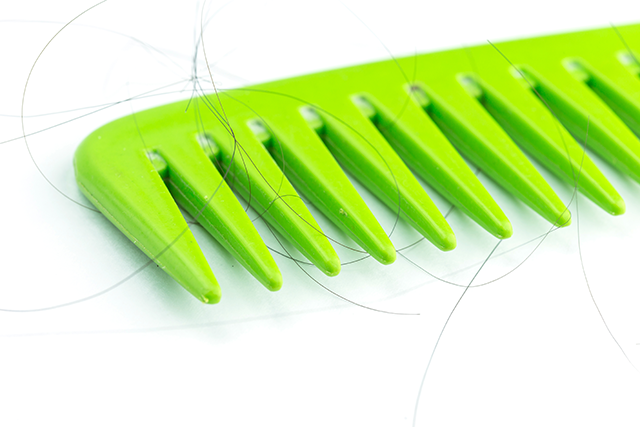
Also, as estrogen and progesterone decline, blood sugar issues will worsen and insulin sensitivity decreases. As insulin resistance creeps up it will negatively impact testosterone metabolism (even though testosterone is overall lower during perimenopause and menopause). This increase is pesky. Aggressive testosterone metabolites causes a loss of hair at the temples typically, wiry hair growth on the chin or lip and some women see a rise in acne. The key here is to dial in your carb intake and manage your blood sugar issues. You can read more on that here.
And of course, low thyroid can be a factor in hair loss as well. Since this is a dicey time for the thyroid too, it’s a good idea to get tested.
Weight Gain & Midriff Fluff
Estrogen is key for maintaining lean mass and fat burning, so you guessed it: when it falls it’s easy for the pounds to come on. Many women will experience a decreased ability to lose body fat as well as an increased proportion of fat at the belly. This is due to the perfect hormonal witch’s brew of low estrogen, low progesterone, increased sensitivity to stress (cortisol), and increased insulin resistance.
Oh, and did I mention thyroid struggles during this time? Thought so. But that can be in the mix here as well, so again: get tested.
While this time is challenging and much of what you did before may just not work anymore, don’t give up. Acknowledge your new hormonal landscape and learn to work with it. The keys are increasing activity that won’t perturb your delicate hormonal state: walking and heavy weights. Decreasing or being mindful of the ones that *can* such as longer duration cardio and too much metabolic conditioning. And do fat burning exercise such as metabolic conditioning as your adrenals can handle it. I cover this all in more detail here.
And of course: watch that stress ladies! As we age thank goodness we get better at letting the little stuff go, because as estrogen and particularly progesterone fall, we become increasingly stress-intolerant. Even things such as skipping a meal can mean big-time stress for our metabolism. As a rule, in addition to dialing in your carb intake, a 4-meal-a-day plan seems to work best for most women I work with. And you truly can’t get enough fiber and veggies in, as hormone balance shifts out of favor for fat loss and balanced blood sugar.
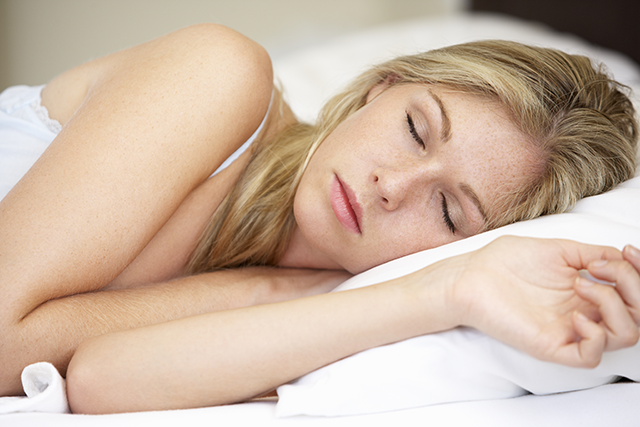
Finally, get some shut-eye. Rest, recovery, zzz’s, and zen need to be part of your prescription. Your metabolism won’t let you outrun your hormones any more.
Work with your hormones instead of fighting them, and remember that results are definitely possible during this time. Don’t you dare give into the notion that “You’re just getting older.” Pfft, I’m not having it and neither should you.
See you ladies at the gym—after a nap of course!
Filed under: Fitness

 For now classes are 6pm and 640pm at 2840 Wildwood st in the Boise Cloggers studio.
Book your class NOW!
click this ==>
For now classes are 6pm and 640pm at 2840 Wildwood st in the Boise Cloggers studio.
Book your class NOW!
click this ==>








